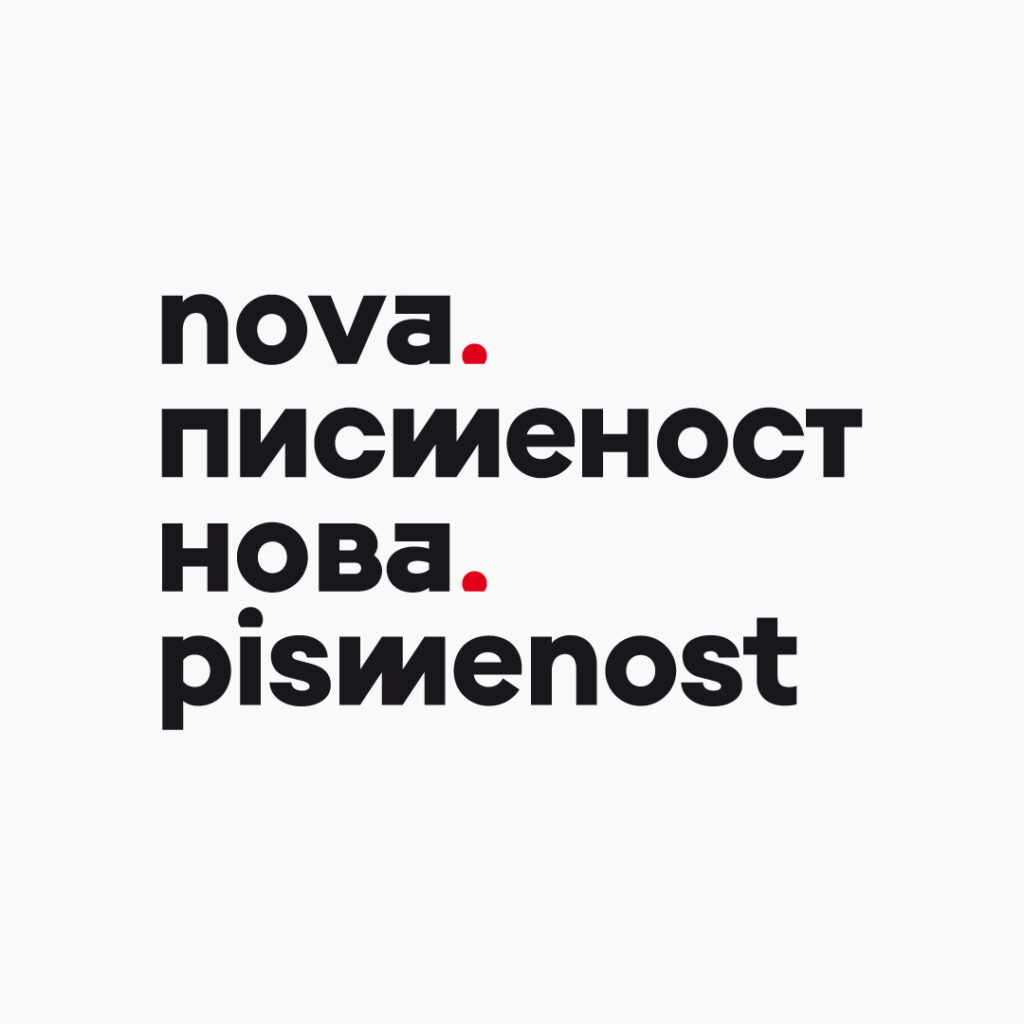I’ve been a proud resident of our homeland since birth. My not-so-long life in Serbia—I’ll turn 35 this year—has gifted me what you might call a crash course in Serbian clichés: I’ve been a citizen of four different states while never leaving Belgrade, enjoyed two states of emergency and one state of war, had tear gas thrown in front of the National Assembly at least twice (maybe three times—I lost count, though I do remember conveniently being abroad during that whole “illegal footwear appropriation for Kosovo” incident, much like our then-president). I’ve witnessed two tank battalions in the streets, hyperinflation, once-in-a-century floods, multiple referendums, dramatic shortages, a few sieges over freedom of assembly, two instances of pot-banging from balconies, two zeniths of whistles and vuvuzelas, two major counter-protests, and a handful of side dramas.
Then there’s the time a pop starlet sang on bridges during air raids (and again, 20 years later, in a ghost city under police curfew), or when special forces striked with armored vehicles on the highway, or when MiGs buzzed overhead in low flight, or during derby riots, or when mafia clans wiped each other out in broad daylight, or when a “complete idiot” temporarily abolished the state and his bulldozers razed entire neighborhoods after tying up bystanders—only for the police to hang up on those terrified hostages when they called for help. Minor details, really.
In this circus, all we were missing was another serious pandemic in the last two decades. Humanity will eventually defend itself and recover from new viral diseases—epidemiologists assure us, and history confirms it—but what about the lasting social and economic scars? No one knows. Here we are, drowning in an explosion of information: verified facts, half-truths, outright lies, surreal conspiracy theories, and the sheer human need to process incomprehensible global shocks into some coherent, digestible narrative.
One thing is certain: nothing will ever be the same, simple, or easily understandable again. As Satchit Balsari, Caroline Buckee, and Tarun Khanna note in Harvard Business Review, we’re entering an era where we must learn to navigate contradictions that would make Schrödinger’s cat dizzy. We’re told to both isolate and expose ourselves, to reduce contacts while increasing productivity, to expect a second pandemic wave while being assured it might never come.
This new reality demands nothing less than a complete rewiring of how we process information. We need to develop the ability to think critically while identifying credible sources, to respect authority while still verifying its claims. The modern world requires us to parse complex data, extracting only what’s relevant while discarding the noise, and to defend against conspiracy theories not with knee-jerk reactions but with open minds capable of contextualizing even the most outrageous claims. Perhaps most crucially, we must grow comfortable viewing uncertainty through the lens of probability rather than binary absolutes, understanding that most of life’s important questions don’t have clear yes-or-no answers.
The greatest challenge may be making peace with the unknown—accepting that little is certain anymore, that change happens by the hour rather than by the day. Those comforting, straightforward narratives we relied on in simpler times have become obsolete. Where Schrödinger’s cat was once just a physicist’s playful thought experiment, we now find ourselves living inside that very paradox every single day.
When a friend recently quipped, “We’ve lost our minds!” I had to wonder—have we? The truth is, I don’t know. But what I do know is this: I’m no longer afraid to take that leap into the unknown, because in this strange new world, that’s the only way any of us will ever truly understand what’s happening.

